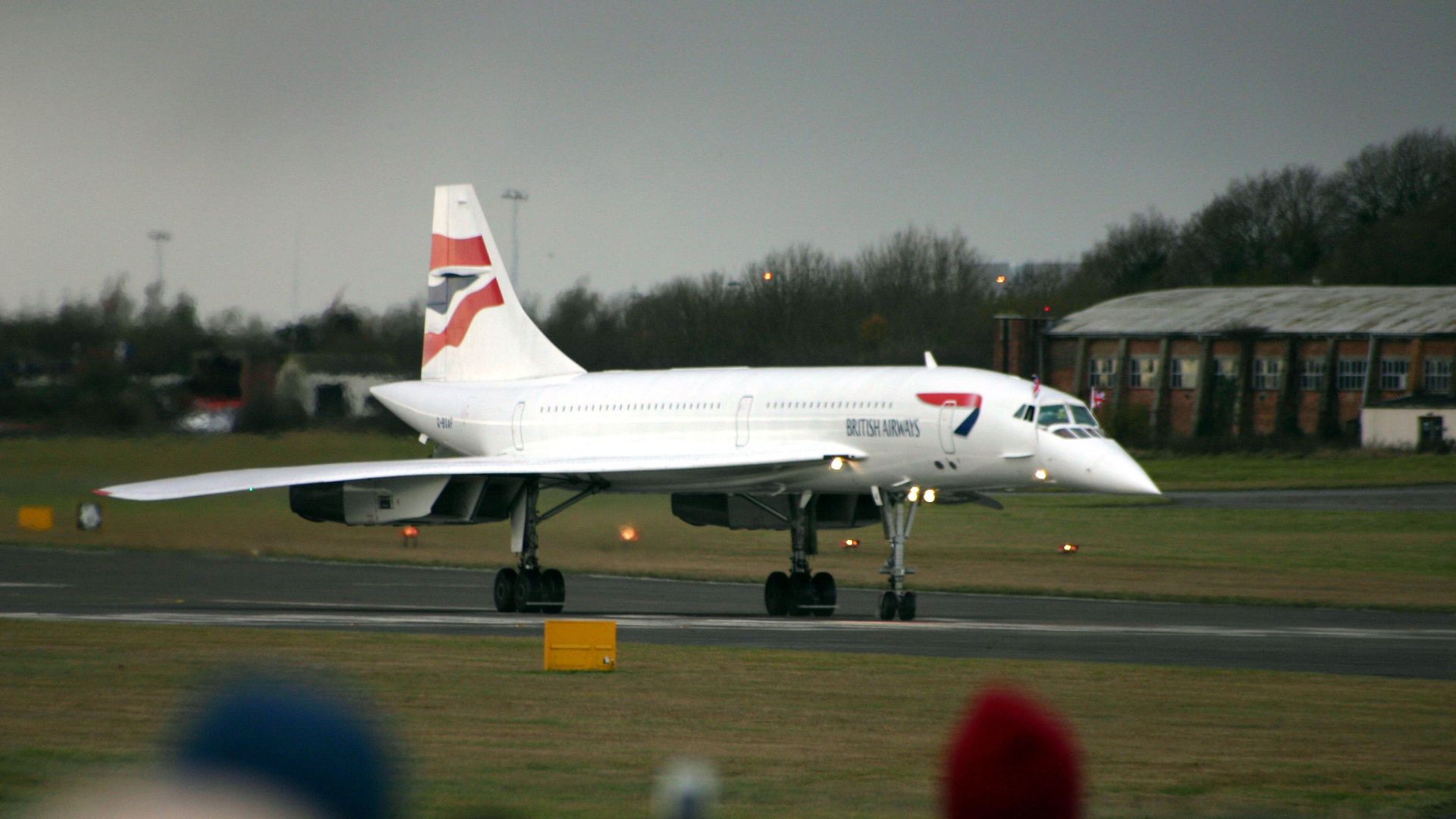This post was brought to you by Simple Flying.
- Concorde was a state-funded project, with the UK and France each contributing $1.44 billion.
- Although 18 airlines initially placed orders for Concorde, only British Airways and Air France ended up operating the aircraft.
- Concorde flew on various commercial routes, not just Paris and London to New York, including destinations such as Bahrain, Singapore, and Barbados.
Concorde was an amazing achievement, and it remains a favorite of aviation enthusiasts long after its retirement. It is remembered, of course, for its supersonic flights on key routes – mainly across the Atlantic. There are many interesting facts to uncover about Concorde’s development, usage, and legacy – we share here a few of the best.
Development was funded by the UK and France
Each government put in $1.44 billion
In a similar way to other supersonic programs (from the US and Russia), Concorde was a state-funded undertaking. The aircraft was developed as part of an international treaty between the British and French governments. The name was chosen to represent this cooperation – with the English word ‘concord’ and the French word ‘concorde’ both meaning ‘agreement.’
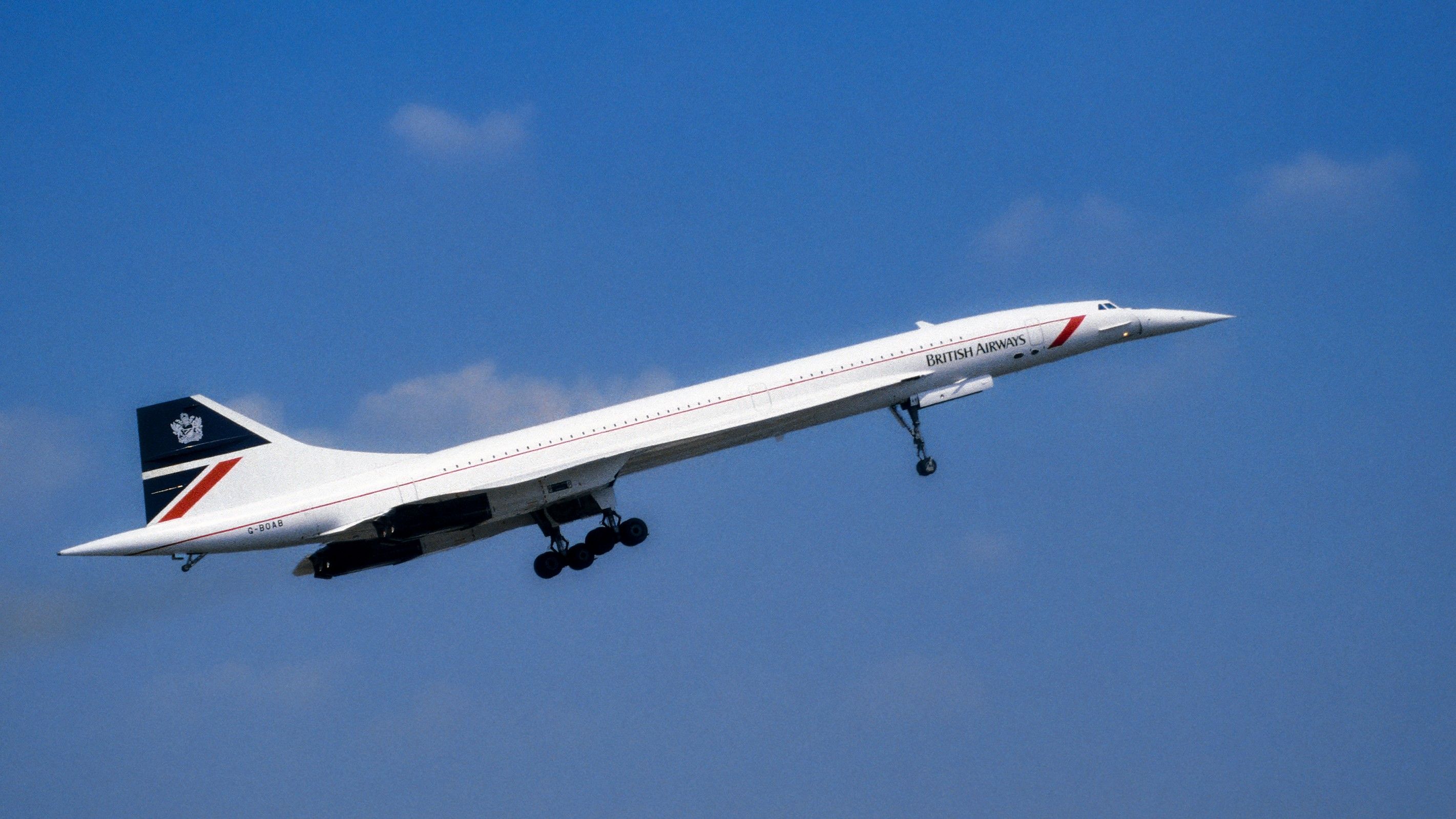
Development ran well over initial estimates, and the UK and France each spent around $1.44 billion. The government never made back the cost of this (perhaps it would have been different if other airlines had bought the aircraft), but operating airlines ultimately were making a profit on flights.
Concorde was ordered by 18 airlines
All but two – British Airways and Air France – canceled
Concorde is known for its regular transatlantic operations with British Airways and Air France. Each of the two airlines operated seven aircraft – but there could have been many more.
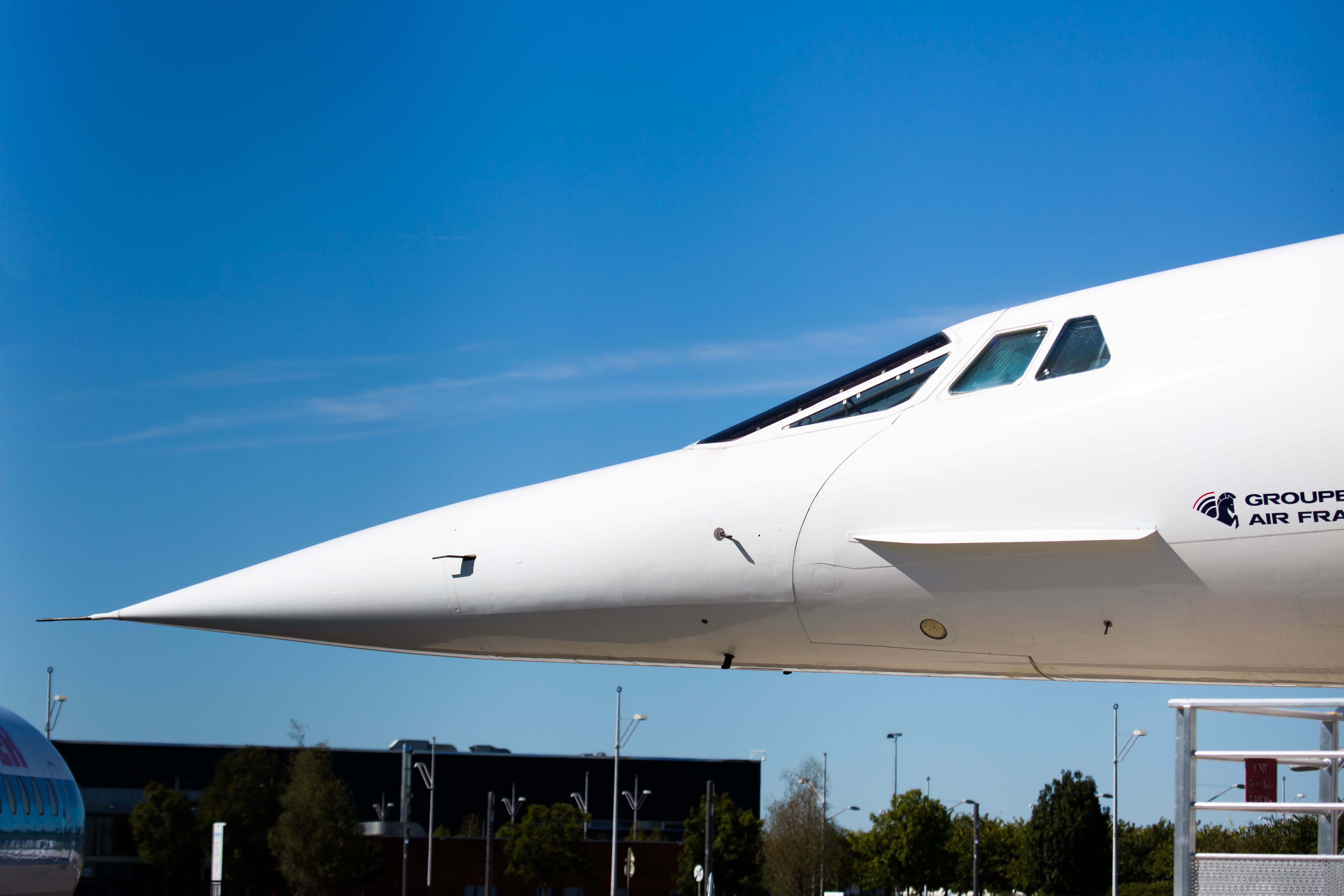
Before and during the development of Concorde, there were over 100 options placed for the later purchase of aircraft. These came from 18 airlines – British Airways, Air France, Pan American World Airways, Continental, Trans World Airlines (TWA), American Airlines, Middle East Airlines (MEA), Qantas, Air India, Japan Airlines, Sabena, Eastern Airlines, United Airlines, Braniff, Lufthansa, Civil Aviation Administration of China (CAAC), and Iran Air
The options from 14 of the airlines were all canceled in 1972 or 1973. China’s CAAC and Iran Air held on until 1980. There were several shared reasons for the cancelations, including:
- The increased cost of the aircraft (much higher than initial estimates)
- Concerns over ongoing operating costs, as well as noise and pollution
- The cancelation of the Boeing 2707, the US alternative to Concorde
- Improvement in, and a switch in preference to, larger, high-capacity aircraft such as the Boeing 747
It operated much wider than just Paris and London to New York
British Airways and Air France had several other commercial routes
Although the two most well-known and heavily operated routes were transatlantic to New York, there were many other scheduled commercial routes. Most of these only operated for a certain period of time. Charter operations saw the aircraft reach many more destinations.
Aside from New York, British Airways operated to Bahrain (this was the first route flown, between 1976 and 1980), Singapore (featuring a dual-livery painted aircraft as pictured below), and Barbados. Other US destinations included Wahington Dulles, Miami, and Dallas.
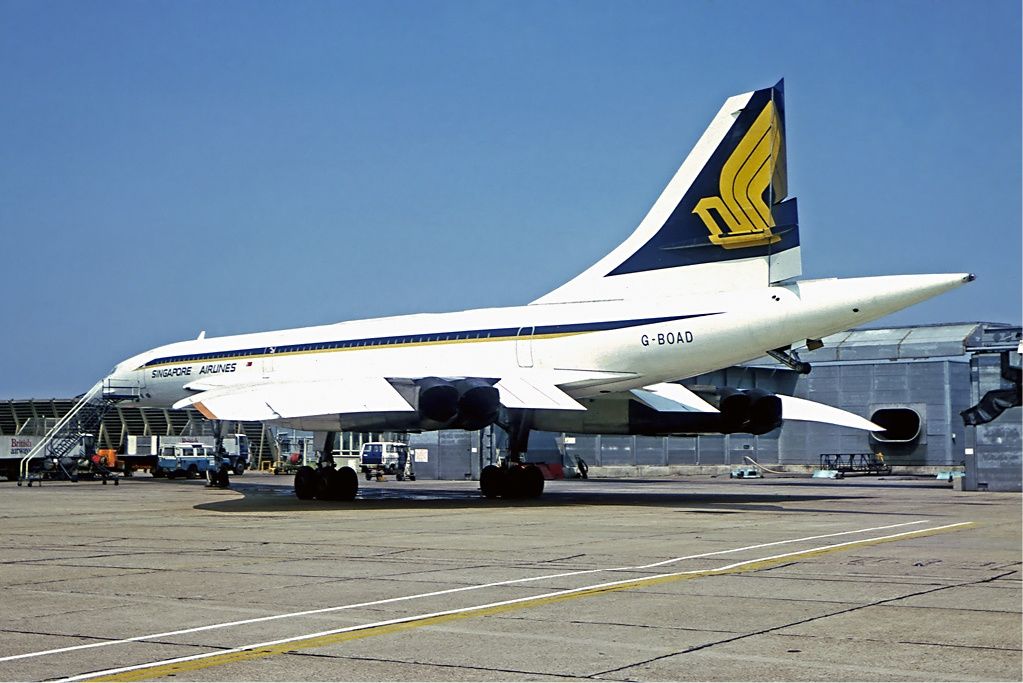
Air France’s other routes included Dakar, Rio de Janerio, Washington Dulles, Caracas, and Mexico City.
One passenger flew Concorde 718 times
Fred Finn was the most frequent flyer
While many of us can only dream of having flown on Concorde, for some passengers, it became a standard affair.
One lucky passenger was UK-based Fred Finn. He worked as an international license manager, frequently traveling to the US to deal with technology transfers. Finn flew regularly across the Atlantic – including an incredible 718 Concorde flights between 1976 and 2003.
Finn holds the Guinness World Record for the most Concorde flights taken as a passenger.
Finn claims he always sat in the same seat – 9A. He claims that this is because this is where the food and drink service began!
Concorde holds the record for a commercial transatlantic crossing
Cruising at Mach 2, this will take some beating
It is not surprising that the record for the fastest-ever commercial transatlantic crossing was set by Concorde while operating a British Airways service between New York and London. On February 7, 1996, Concorde made the journey in two hours, 52 minutes, and 59 seconds. Flights typically took around three-a-half to four hours.
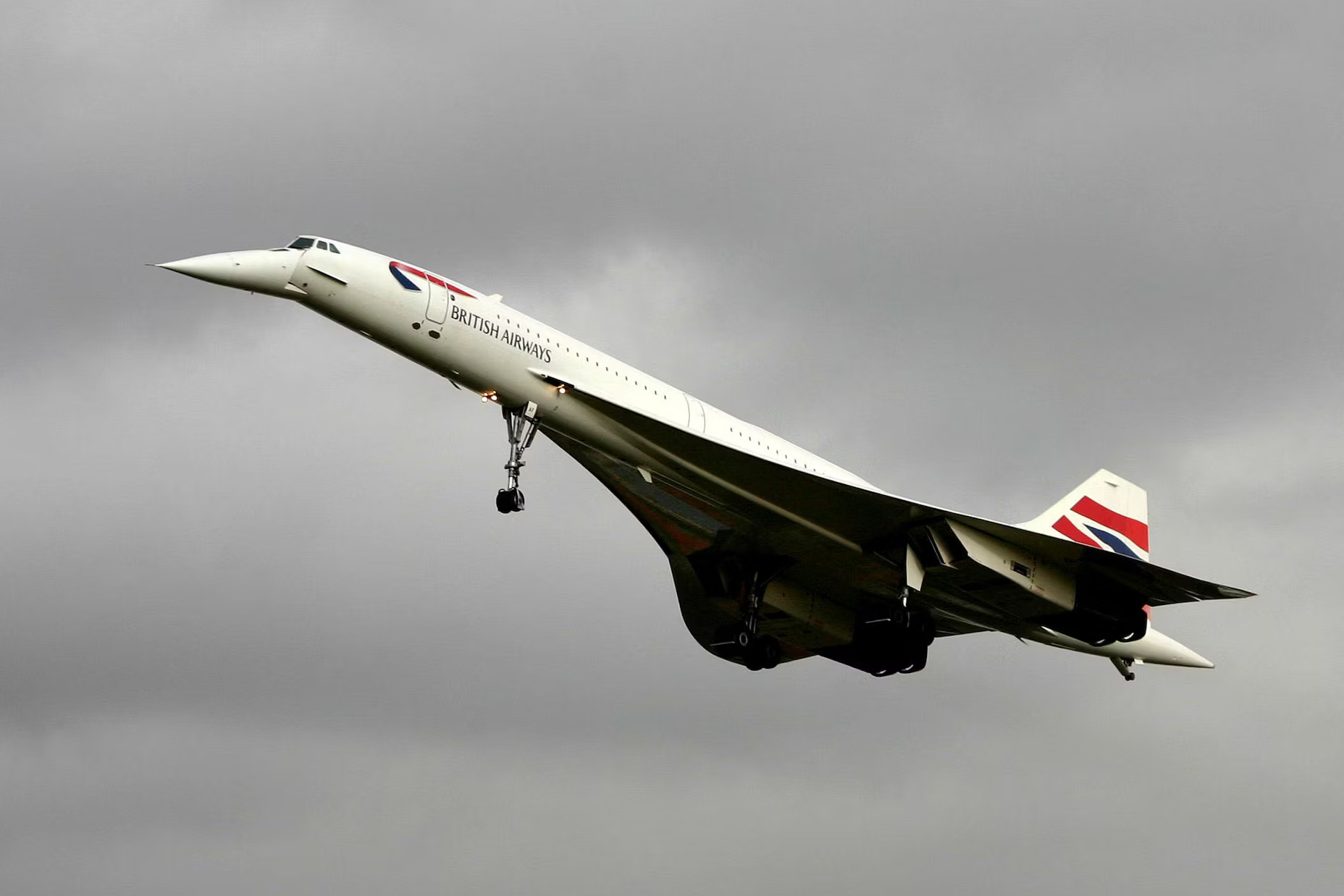
Subsonic flights today are scheduled for around seven hours, but the actual flight time varies significantly with winds and the jet stream. The record for a subsonic crossing is held by a British Airways Boeing 747-400, flying in four hours 56 minutes during North Atlantic Storm Ciara in 2020. With the Boom Overture likely to be the next supersonic jet in service, we may see Concorde’s record challenged once again.
Concorde flew much higher than other commercial jets
Its cruising altitude was around 60,000 feet
It’s not just Concorde’s speed that set flights apart – its cruising altitude was much higher too.
- It reached a cruising height of around 60,000 feet, although it would spend a lot of the time at around 50,000 feet.
- Most commercial aircraft today cruise at around 40,000 feet.
- From Concorde’s higher altitude, passengers could see more of the curvature of the earth.
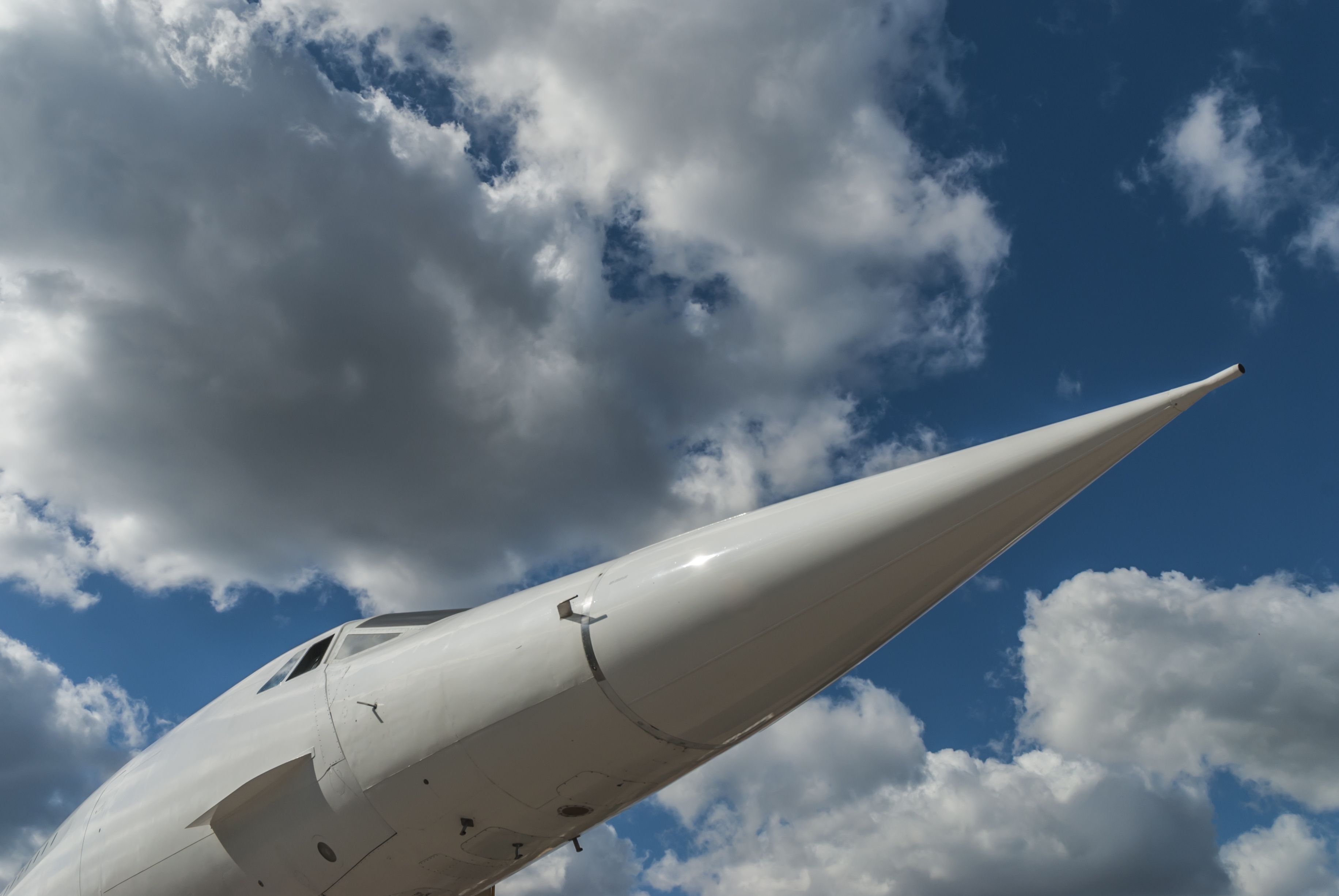
This high-altitude cruising was part of the design of Concorde. The lower drag in less dense air maximized performance, and the engines and delta wing design enabled such high-level operation. Altitude also helped with optimal routing and related performance. At this height, there was less traffic (only other Concordes or military jets) and fewer air traffic restrictions.
18 aircraft are preserved
It is unlikely any of them will ever fly again though
In total, 20 Concorde aircraft were built – including 14 commercial production aircraft and six prototypes and test models. Out of these, one was destroyed in the Air France crash in 2000, and one aircraft was scrapped in 1994. The other 18 aircraft, amazingly, have been saved and are preserved in various museums and other locations around the world.
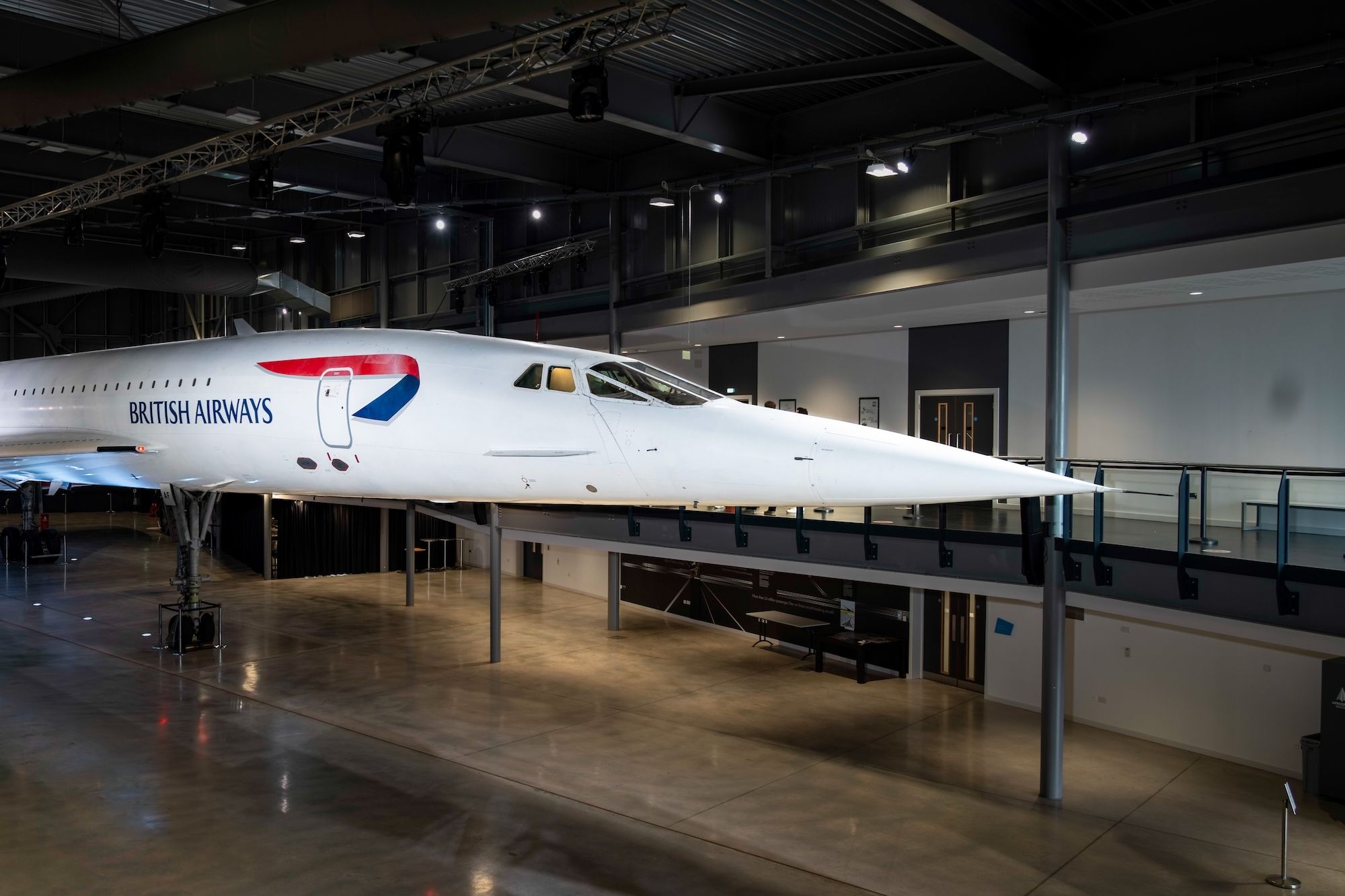
Fittingly, most of these are on display in the UK and France. Elsewhere, one aircraft is in Germany, three are in museums in the US, and one is in Barbados.
Despite so many aircraft being saved, it is very unlikely that any will ever fly again. It would be great to see – but there are many things holding it back. The cost would be high, with parts and experience now a challenge. There would be regulatory issues as well, and the same challenges and economic issues faced by operating airlines (likely even worse in today’s world).
There is plenty more to discuss about the history and operation of this great aircraft. Feel free to do so in the comments section below.
This post was brought to you by Simple Flying. Written By Justin Hayward.


